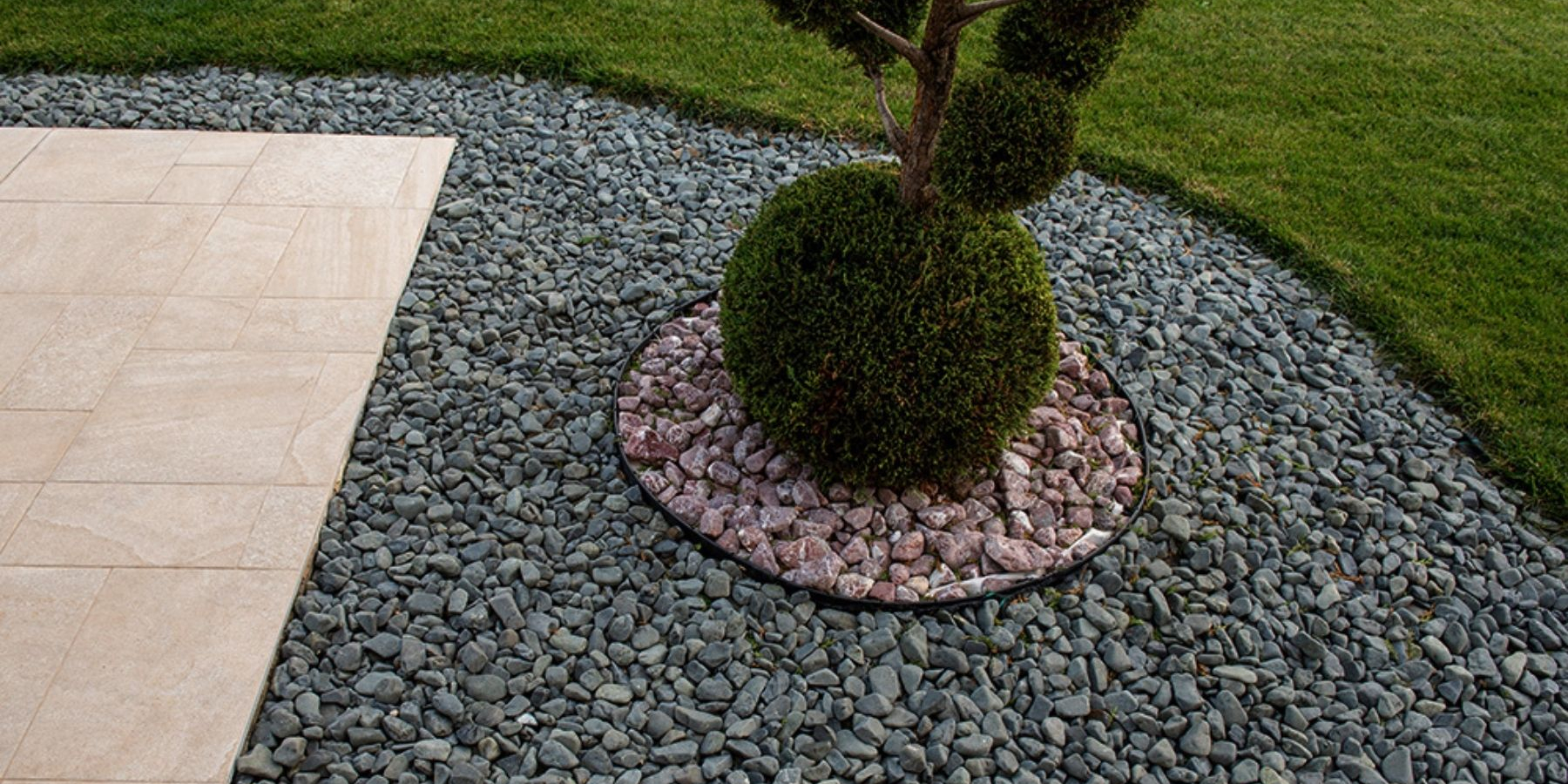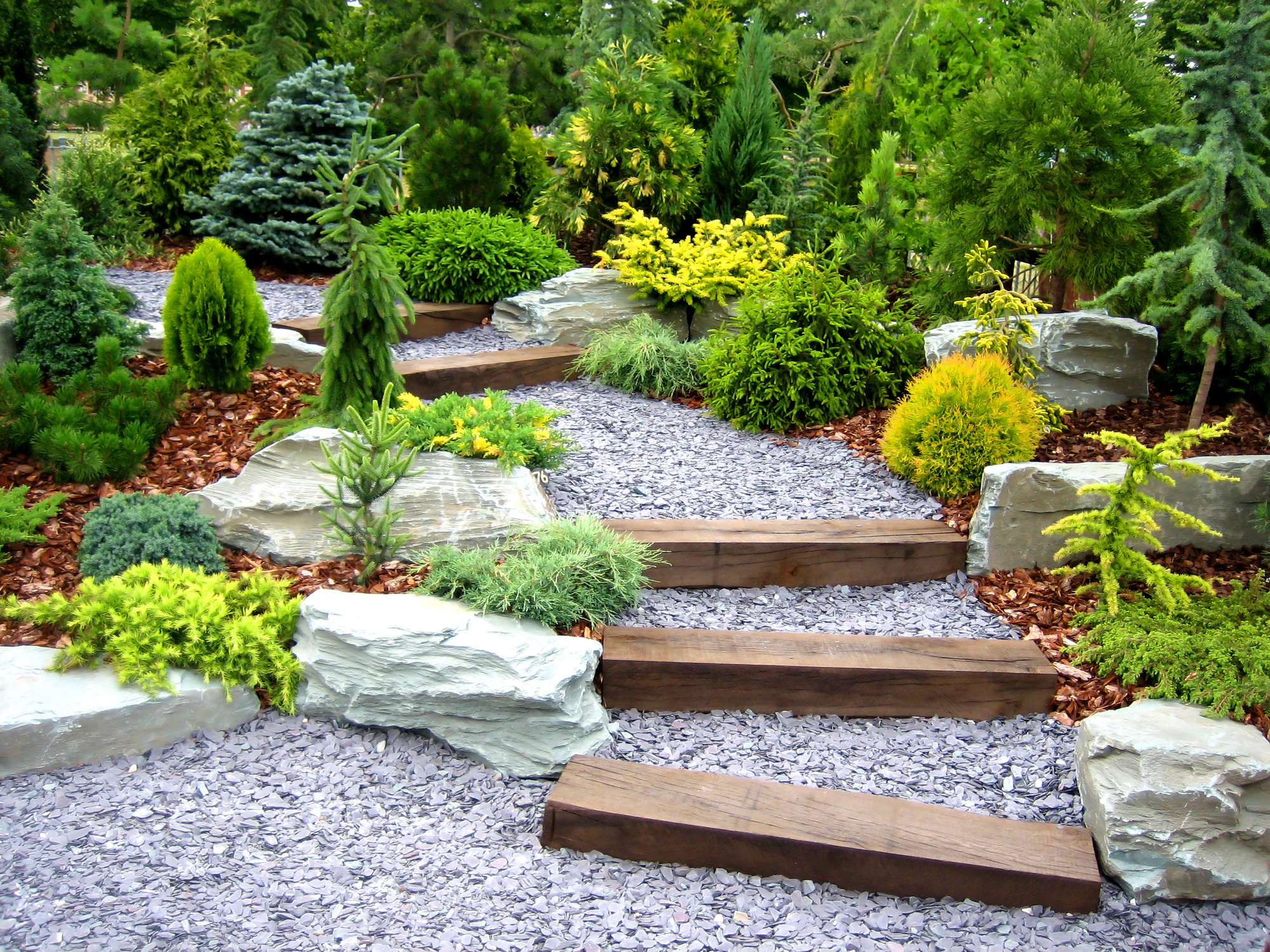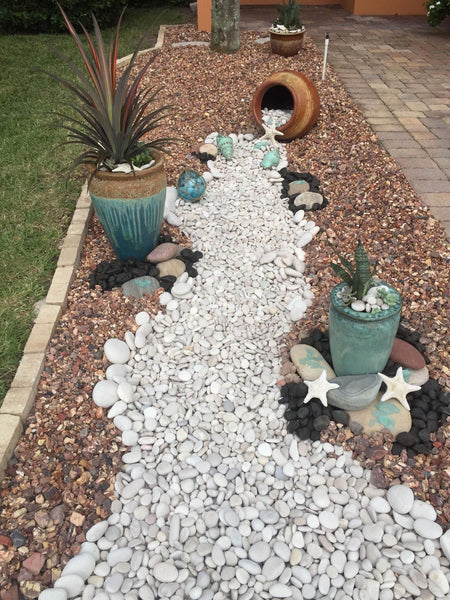When it comes to landscaping, the right materials can make all the difference. Decorative pebbles are not just aesthetically pleasing; they offer a multitude of benefits that can elevate your outdoor spaces. As someone who has ventured into the world of landscaping, I can attest to the transformative power of these small stones. In this comprehensive guide, we will explore everything you need to know about decorative pebbles for landscaping.
What are Decorative Pebbles?
Decorative pebbles are small stones that come in various sizes, shapes, and colors, used primarily for landscaping purposes. They can be made from natural materials like river stones, granite, and quartz, or manufactured to provide specific colors and textures.
Whether you’re looking to create a serene garden path, a vibrant floral bed, or a water feature, decorative pebbles can help you achieve your desired look with ease and elegance.
Benefits of Using Decorative Pebbles in Landscaping
1. Aesthetic Appeal
Decorative pebbles can instantly enhance the visual appeal of your landscape. Available in an array of colors and sizes, they can complement any garden style—be it contemporary, traditional, or minimalist.

2. Low Maintenance
Unlike grass or flower beds, which require regular upkeep, decorative pebbles are low-maintenance. They don’t need watering, mowing, or fertilizing, making them a practical choice for busy homeowners.
3. Weed Suppression
One of the practical benefits of decorative pebbles is their ability to suppress weeds. When laid down properly, they create a barrier that inhibits weed growth, thus reducing the need for chemical herbicides.

4. Versatility
Decorative pebbles can be used in various applications, from garden paths to fire pits, ensuring a cohesive look throughout your landscape. They can also be creatively mixed with other landscaping materials for more complex designs.
Types of Decorative Pebbles
Understanding the different types of decorative pebbles can help you choose the right style for your landscaping project.

1. River Stones
River stones are naturally smooth and round, often found near riverbanks. They come in various colors, including gray, brown, and white. Due to their natural look, they blend well in gardens and along pathways.
2. Crushed Stone
Crushed stone is made from larger stones that have been broken down into smaller pieces. It offers a more rugged appearance and is available in a wide range of colors. It’s perfect for driveways or areas needing good drainage.

3. Marble Chips
For a touch of elegance, consider marble chips. Their shiny surface reflects light beautifully, making them great for decorative mulch or in water features.
4. Lava Rock
Lava rock is lightweight and porous, making it excellent for drainage. This type of pebble is typically dark red or black and adds a dramatic element to landscaping projects.

How to Use Decorative Pebbles in Your Landscape
Implementing decorative pebbles in your landscaping can be fun and rewarding. Here are some popular ways to use them:
1. Pathways
Creating a pebble pathway is a simple yet effective way to guide visitors through your garden. Lay the stones in a pattern or use edging to define the path.

2. Mulching
Using decorative pebbles as mulch around trees and flower beds not only looks beautiful but also helps retain soil moisture and regulates temperature.
3. Rock Gardens
Incorporating decorative pebbles into a rock garden creates a stunning contrast with plants and flowers. Choose a variety of sizes and colors for a natural look.

4. Water Features
Decorative pebbles can enhance ponds, fountains, and streams. They provide a natural look and can be used to define the area surrounding the water.
Installation Tips for Decorative Pebbles
1. Preparing the Area
Start by clearing the area of weeds, grass, and debris. A clean workspace will ensure the best results.
2. Laying Landscape Fabric
Consider laying down landscape fabric before placing the pebbles. This will help prevent weeds from growing through the stones while allowing water to drain.
3. Choosing the Right Depth
For most applications, a depth of 2-3 inches of decorative pebbles is ideal. This allows for proper drainage and ensures the stones stay in place.
4. Edging
Using edging materials, such as metal or wood, can help keep your pebbles in place and define the area clearly.
Comparison of Different Types of Decorative Pebbles
| Type of Decorative Pebble | Aesthetic Appeal | Maintenance | Cost | Best Uses |
|---|---|---|---|---|
| River Stones | Natural, smooth | Low | $$ | Pathways, gardens |
| Crushed Stone | Rugged, varied | Low | $$ | Driveways, drainage |
| Marble Chips | Elegant, shiny | Medium | $$$ | Mulch, decorative |
| Lava Rock | Dramatic, dark | Low | $$ | Dry gardens, drainage |
Pros and Cons of Using Decorative Pebbles
Pros
- Enhances the aesthetic value of your garden.
- Requires little to no maintenance.
- Helps in weed suppression.
- Versatile for various landscaping applications.
Cons
- Can be more expensive than traditional mulch.
- May require additional materials for proper installation.
- Some types can become hot in direct sunlight.
FAQs about Decorative Pebbles for Landscaping
1. What is the best type of decorative pebble for gardens?
River stones are often the best choice for gardens because of their natural appearance and smooth texture, which blends seamlessly with flora.
2. Are decorative pebbles suitable for driveways?
Yes, crushed stone is an excellent option for driveways due to its durability and good drainage properties.
3. How do I prevent decorative pebbles from shifting?
Using landscape fabric underneath and proper edging can help keep your decorative pebbles in place.
4. Can I mix different types of decorative pebbles?
Absolutely! Mixing various styles and colors can create a unique and visually appealing landscape.
5. How often should I replenish decorative pebbles?
Generally, decorative pebbles do not require replenishment unless they have been washed away or displaced significantly. Typically, every few years should suffice.
Conclusion
Decorative pebbles are a versatile, low-maintenance, and visually appealing option for enhancing your landscaping. With a wide variety of styles and applications, they can complement any outdoor space. Whether you’re creating a pathway, a beautiful garden bed, or a unique water feature, incorporating decorative pebbles can result in a stunning and sustainable landscape. My journey with decorative pebbles has been rewarding, and I hope this guide inspires you to transform your outdoor space.